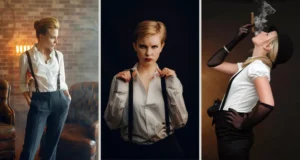Have you ever wondered why ladies’ intimates reveal so much compared to men’s styles? The skimpy designs of bras and panties are no accident. There are practical reasons and stylistic factors behind baring more skin down there.
Underwear for women must walk a fine line between coverage and exposure. Too much fabric causes discomfort through sweating and chafing. But showing off too much goes against ideals of feminine modesty. Underwear designers navigate this balance carefully.
From thongs to cheeky briefs, women’s underwear styles tend to minimize material. At first glance, these scant garments may seem like they are just for allure. However, the limited coverage actually serves crucial functions.
Comfort and mobility
Minimal underwear provides exceptional comfort for an active lifestyle. The pelvic region and breasts generate more heat and sweat than other areas of the body. Less material allows better airflow to control temperature, moisture, and odor.
Unencumbered designs permit a full range of motion without restriction or adjustments. For athletes and dancers especially, a thong panty prevents any risk of bunching or riding up during splits or kicks. The absence of fabric rubbing also reduces the chance of chafing and irritation over long periods of wear and movement.
Shaping and support matter, too for comfort. Panties curve around the natural shape of a woman’s wider pelvis bone structure. Well-fitted bras cradle and stabilize the breasts without squeezing or bouncing.
So skimpier underwear improves comfort by promoting cooling, freedom of movement, and made-to-fit shaping. With minimal coverage, women can go about their busy lives unbothered.
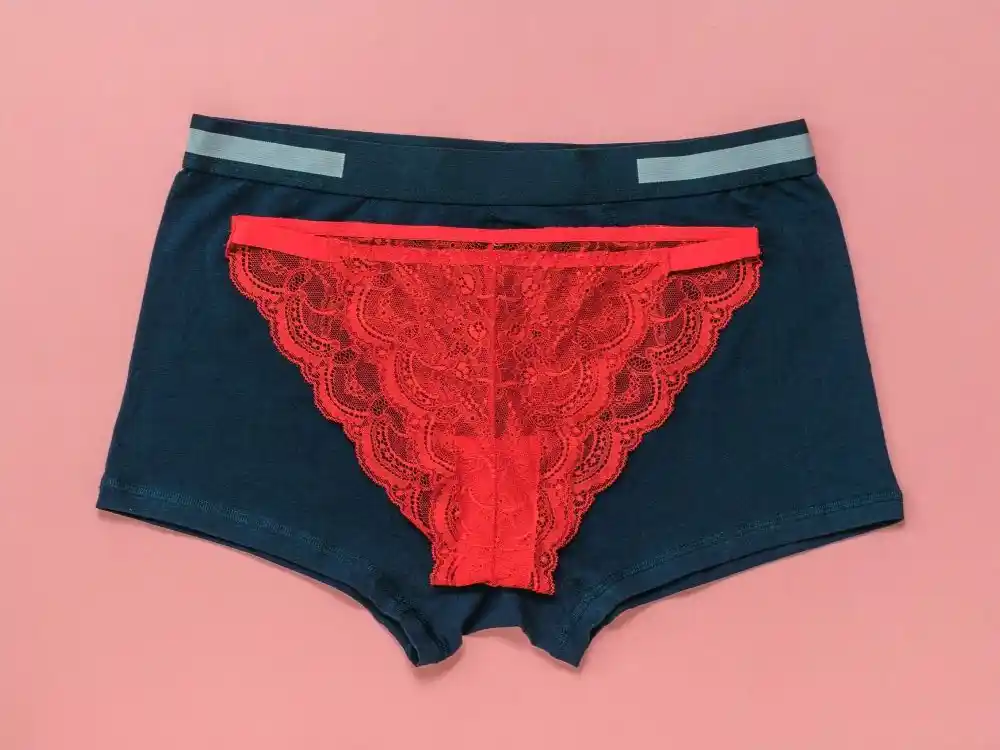
Practicality and functionality
Limited coverage panties serve an important practical function – avoiding visible panty lines (VPLs) under clothing. Seamless and low-rise designs prevent the appearance of any visible lines or bulges under form-fitting dresses, pants, and skirts.
Underwear acts as a barely there barrier, preserving modesty without interfering with the drape and look of outerwear. Thongs and G-strings especially provide a smooth rear silhouette under tight clothes.
The discreet construction also allows for easy bathroom access without fully undressing, making intimate hygiene simpler. When underwear is this thoughtfully functional, it becomes an invisible support rather than a hassle.

Fashion and aesthetics
Trends in women’s underwear have increasingly emphasized more daring and provocative styles. Many women feel sexy and empowered in intimates that flaunt their sensuality. Scantier panties provide a means for self-expression and confidence.
Brief cuts, low-rise waists, and sheer fabrics have grown popular for their feminine allure. Lace trims and vivid colors add stylish flair as well. Women choose underwear that aligns with their personal tastes – from modest to racy aesthetics.
Underwear also reflects individual personality and identity. Prints, patterns, and hues let women put their own spin on their hidden layers. While fashion trends come and go, ultimately, women select underwear that makes them feel beautiful inside and out.

Societal norms and cultural influences
Ideas of modesty and sensuality are socially constructed, and underwear designs reflect those cultural attitudes. In much of the Western world, scantier underwear that celebrates the female silhouette has become widely accepted and normalized. However, in many cultures, conservatism and religion call for more coverage of women’s figures.
Underwear styling communicates unspoken cultural standards and taboos about exposing the female body. Styles reveal or conceal to align with collective judgments of what parts deserve to be seen or hidden. But at the individual level, women often challenge norms by choosing underwear according to their personal values.
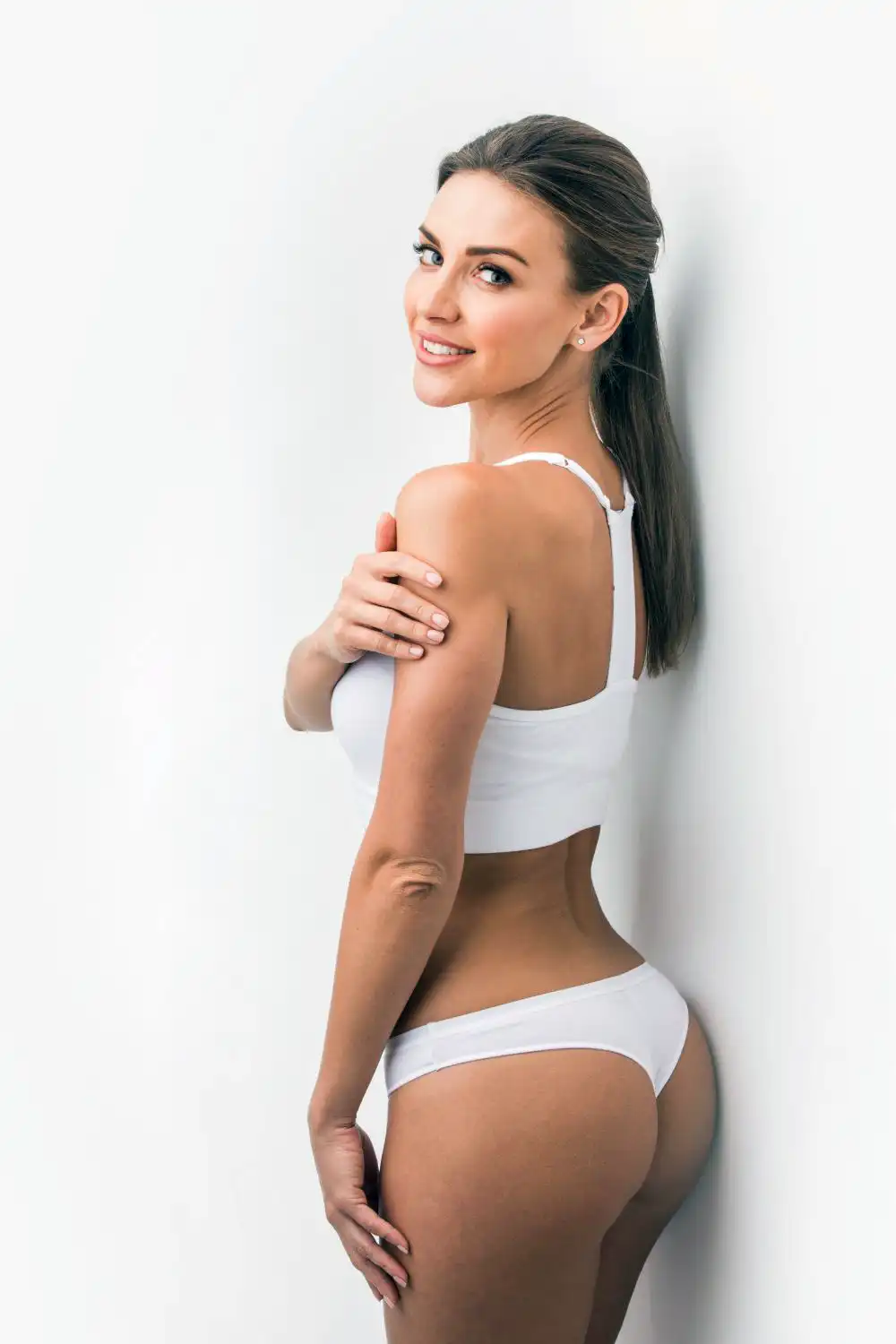
Anatomical differences
The unique contours and proportions of the female body require specialized underwear design. The wider female pelvis changes the fit needed through the hips and rear. Underwear must curve closely around the anatomy without gapping or pinching.
The increased chest size of biological females also necessitates form-fitting bras to encapsulate and lift the breasts. Support prevents bounce and sagging. Strategic padding or underwire in bras improves comfort and shaping.
Engineers create underwear tailored for the feminine physique – accommodating fuller curves and sensitive areas. The goal is seamless support rather than standard boxers or briefs. Anatomical differences drive more precise, personalized, intimate apparel for women.

Breathability and hygiene
The female genital area requires proper aeration and ventilation to maintain cleanliness. Sweat, bacteria, and discharge can accumulate if underwear is too occlusive.
Minimal coverage allows for ample airflow circulation to keep the vulva dry and comfortable. Cotton and breathable fabrics wick moisture away from the skin before it can cause overheating or chafing. Unobstructed ventilation prevents the growth of yeast, odor, and infection-causing germs down there.
Easy access and quick-drying materials also enable better hygiene practices. The limited coverage of thongs and G-strings ensures the region can be readily washed and dried as part of a daily feminine care routine. Overall, less fabric down there promotes better gynecological health.
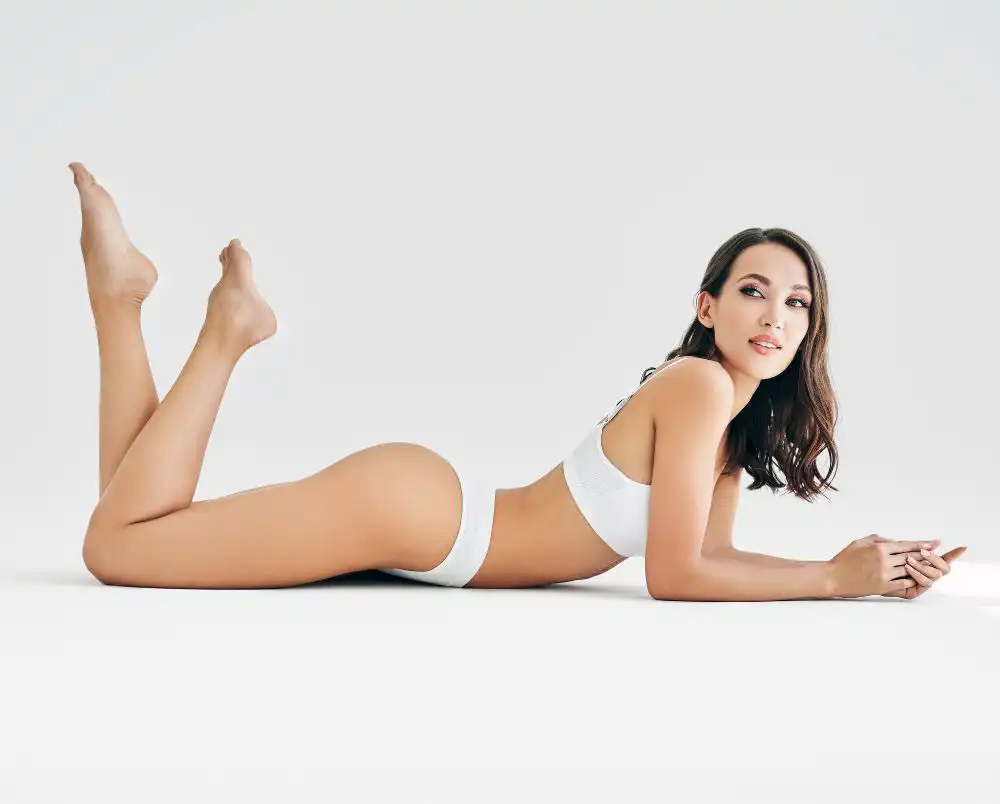
Preference and personal style
When it comes to underwear, women express their personal preferences freely. Styles run the gamut from nearly-naked G-strings to full-coverage briefs and boyshorts. The level of exposure reflects the wearer’s comfort zone.
Some prioritize dainty classics with timeless feminine appeal. Others go for racy, avant-garde cuts that make a bold, sensual statement. Prints and colors allow creativity too. No two women share the exact same taste in intimate apparel.
Trying new silhouettes can help discover one’s personal panty personality. But the underwear chosen each day ultimately comes down to which pair makes her feel most confident and happy in her own skin.

Freedom of movement
Active ladies need underwear that can keep up with their lifestyles. For sports, dancing, or even just a busy workday, underwear should not restrict motion. Less fabric means greater flexibility and mobility.
Athletic underwear provides lightweight, sweat-wicking fabrics that feel like a second skin. The seamless construction acts like an invisible aid rather than a hindrance.
Thongs and G-strings especially allow a full range of motion without the risk of bunching or shifting during intense exercise. The minimal coverage moves seamlessly with the body, never holding the wearer back. Underwear designed for activity is made to be forgotten.

Size and fit issues
A proper intimate apparel fit is crucial for both comfort and aesthetics. Bras and panties should contour the body without restrictive squeezing or gaps. The right size creates an invisible, seamless feel.
Women come in all shapes – petite to curvy. Trying on multiple sizes helps you find the ideal match for your proportions. Band sizing, cup volume, rise height, and cut all impact the final fit.
Bras require front and side support without bulging or digging. Breathable fabrics avoid irritation and rubbing even during sweating. Panties should curve smoothly around the hips without riding up or sliding down. A personalized panty wardrobe starts with fit.
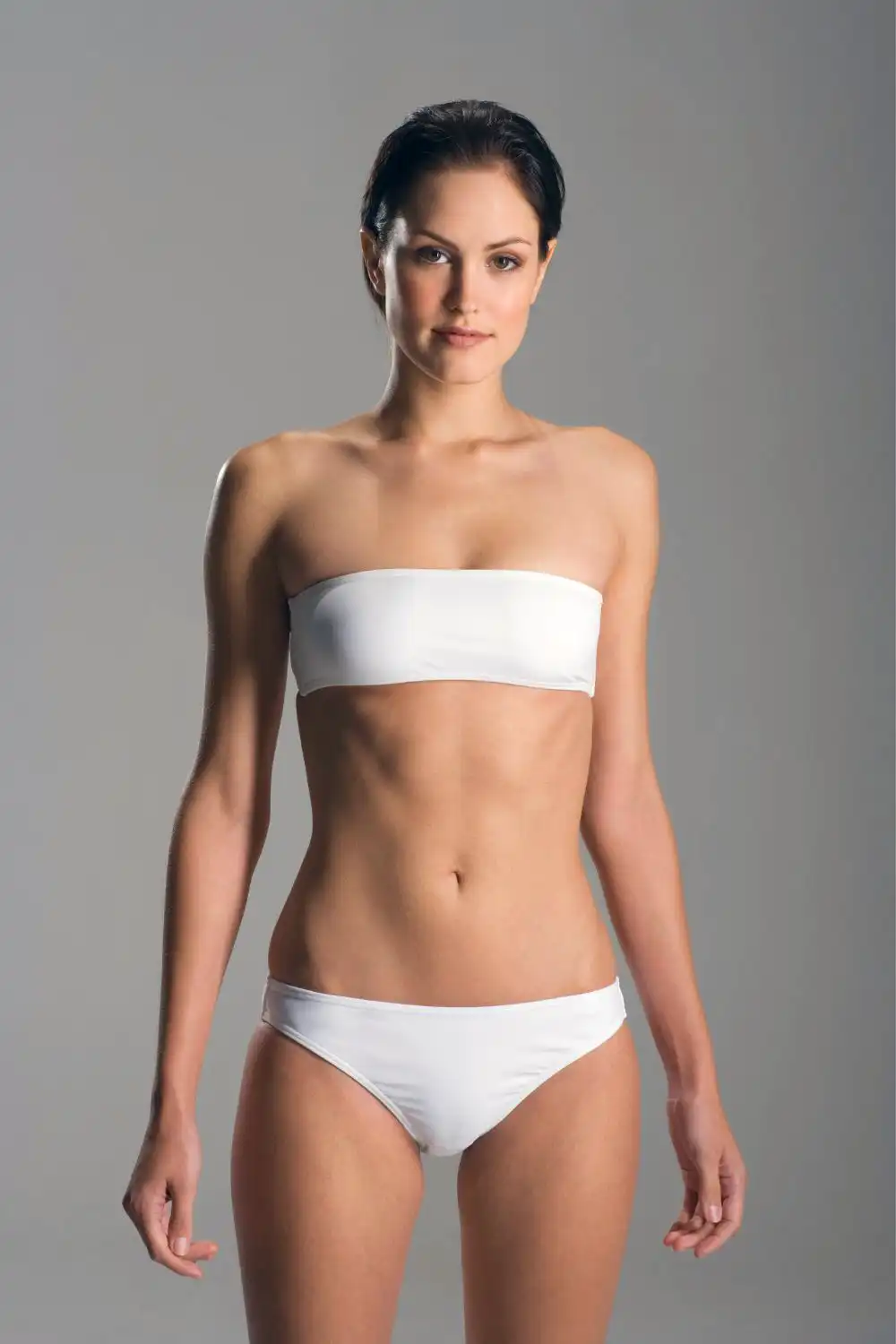
Health reasons
Doctors actually recommend minimal underwear for optimal gynecological health. Tight, occlusive fabrics can lead to infections and irritation in the vulva and vaginal areas.
Cotton and moisture-wicking textiles allow necessary aeration to prevent trapped sweat, discharge, and bacteria buildup. Limited coverage enables thorough daily cleaning as well. Easy bathroom access provides convenience.
Overall, the genitals stay drier and healthier with underwear that just covers the essentials. So while skimpy intimates have an aesthetic appeal, they also promote medical hygiene and comfort benefits.
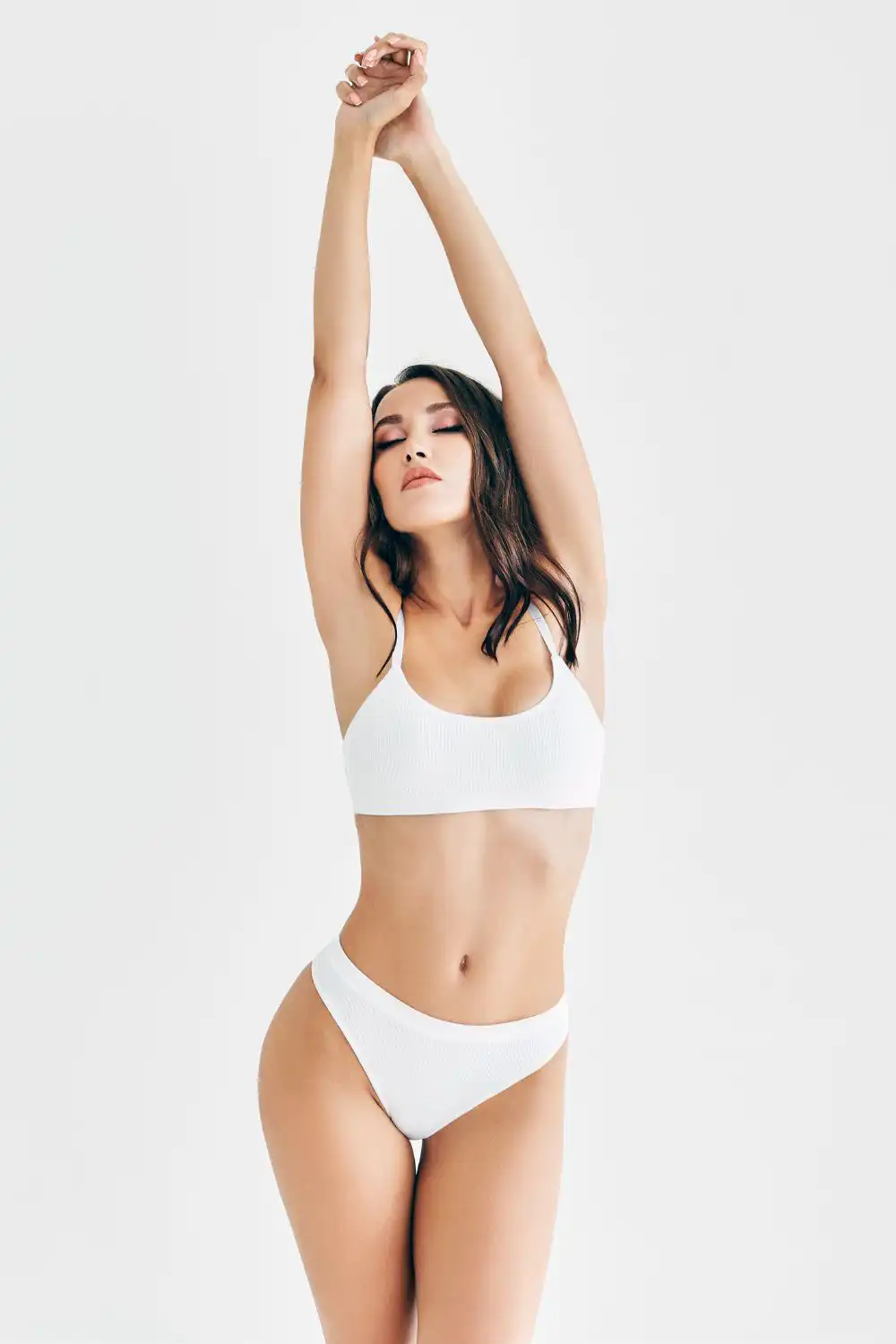
Design choices and variety in the market
Today’s underwear market includes more options than ever to match personalities and needs:
- Classic briefs and boyshorts for coverage
- Lacy thongs and G-strings for allure
- Full support underwire bras for lift
- Bralettes and sports bras for comfort
- Seamless and laser-cut edges for a smooth look
- Moisture-wicking performance fabrics
- Cotton blends for breathability
- Novelty prints and colors for fun
In addition to standard intimates, there are specialty designs for needs like maternity, menstruation, post-surgery, and more. The wide variety ensures women can find the perfect intimate apparel.
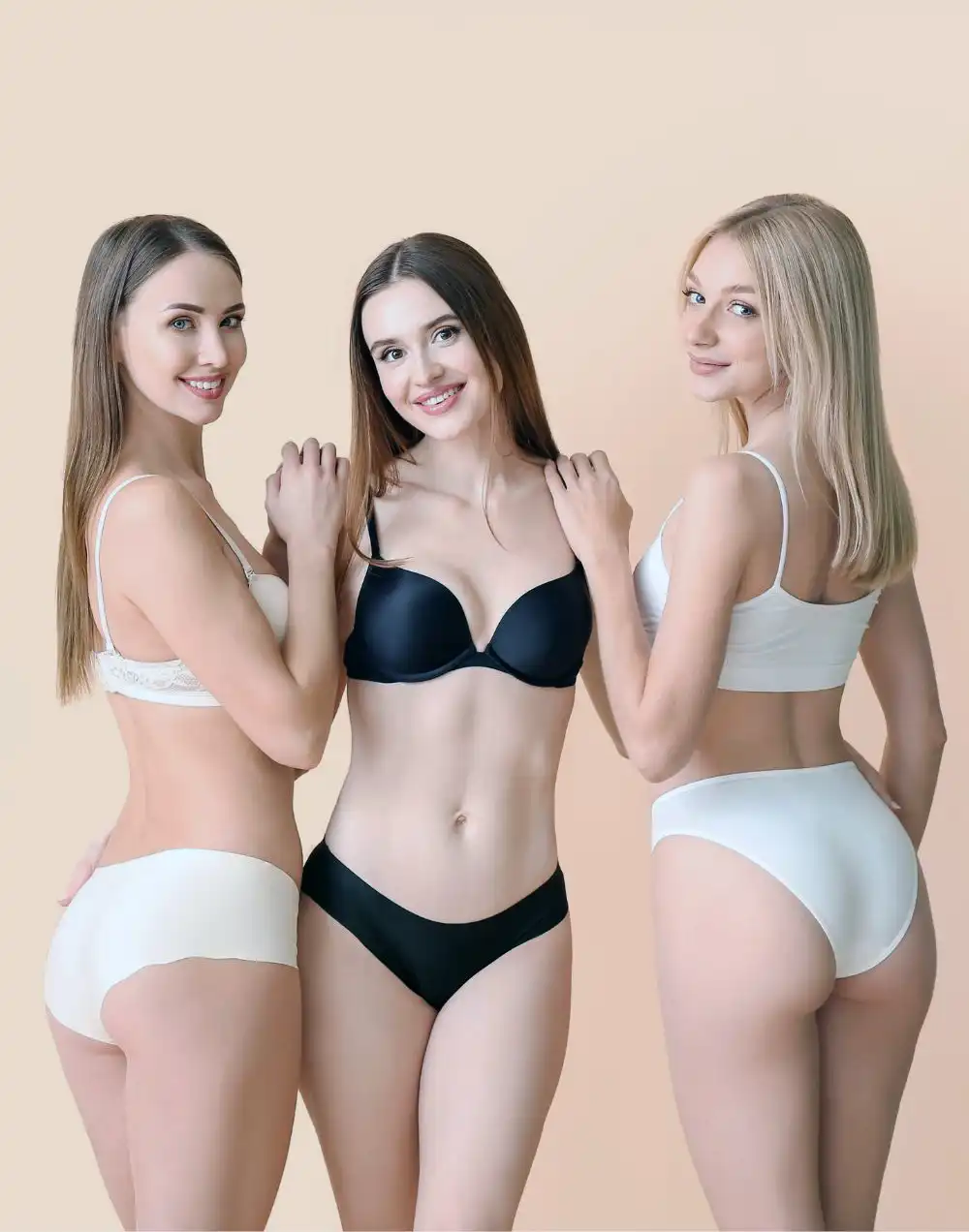
Differences in design and thoughtfulness
Women’s underwear is crafted with careful attention to comfort and support. Undergarment engineers analyze the female form to create the optimal intimate apparel.
Panty patterns are shaped to curve seamlessly around the hips and rear. Strategic seam placement avoids chafing. Gussets and cotton lining target moisture control in vulnerable areas.
Bras contour and encapsulate the breasts for support and lift without constriction. Novel fabrics provide control minus the bulk. Adjustable straps and bands customize the fit.
From silhouettes to closures, every element focuses on the unique needs of women’s bodies. Thoughtful design perfects the science of stylish, functional intimates.

Summary
Women’s underwear is designed for a delicate balance of coverage, exposure, and support. Less fabric allows for cooling, flexibility, and discreet slim fits under clothing. But cuts remain thoughtfully anchored to the female frame.
Comfort, mobility, and practicality explain the minimalist construction that also carries fashion appeal. Underwear reconciles both form and function for women’s active lives.
Fit, fabric, and style choices empower women to tailor intimates to their priorities – whether everyday wear or special occasions. Skimpy pieces promise comfort along with allure when thoughtfully made just for her.
So while underwear may seem like a frivolous fashion, the barely there bras and panties serve crucial purposes for confidence, health, and expression. In the end, women decide how little or how much coverage suits their sensibilities.
FAQ
Why is men’s underwear thicker than women’s?
Men’s underwear is thicker than women’s for support and absorbency. The male anatomy needs more coverage and thickness to support the genitals and absorb sweat and urine since men produce larger amounts than women. The thicker fabric is also more breathable, preventing moisture buildup that could lead to health issues for the sensitive genital area.
Why do women’s underwear have a little pouch?
Women’s underwear features a little triangular or diamond-shaped pouch called a gusset between the legs to provide key support, absorbency, and comfort benefits for the sensitive genital area. The gusset cushions and protects against rubbing while using highly absorbent fabric to effectively wick away moisture and prevent odors, keeping the wearer fresh and protected even during menstruation or susceptible to infections. It enhances comfort and support in a discreet design for increased well-being.
Why is there an opening in the gusset of women’s underwear?
The opening in the gusset of women’s underwear accommodates natural bodily functions by allowing access without full removal. It enables comfortable urination, menstruation, and movement by preventing bunching. At the same time, its open design permits airflow to circulate the intimate area, reducing moisture and promoting hygienic freshness for the wearer’s well-being.
Why is underwear triangular?
Underwear is commonly designed triangular to provide support, absorbency, and comfort effectively. The apex aligns with the genitals for cushioning protection against chafing while wicking away moisture to prevent health issues from the sensitive areas. A triangular cut additionally prevents bunching and encourages a range of motion for increased freedom of movement to stay fresh and protected in a discreet and fashionable design.
Why is women’s underwear so sexualized?
Women’s underwear is highly sexualized due to a combination of factors, including fashion trends promoting revealing designs, cultural views depicting it as a symbol of sexuality, ubiquitous media portrayals, and personal preferences empowering some women to find confidence in scantier styles.

